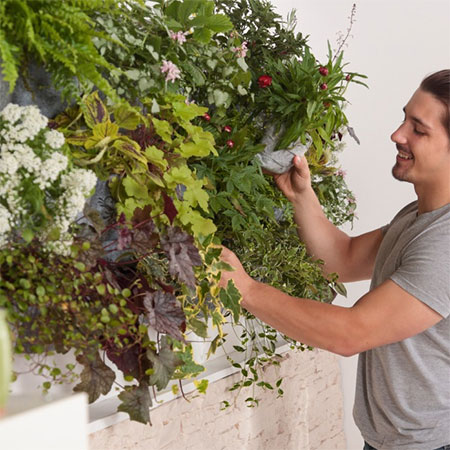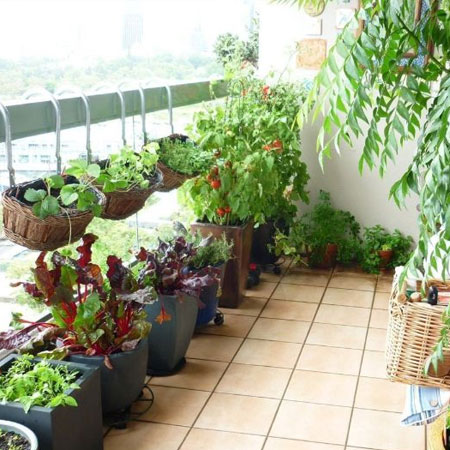Establish An Immunity Garden
Establishing an immunity garden is a growing trend and we share some tips on how to establish and grow your immunity garden.
17/04/2021
pinterest.com/pin/4011087158093445/
Here's a bloomin' good idea for anyone interested in getting started in sustainable gardening - establishing an immunity garden. They might be a new trend that is taking over the world but growing an immunity garden that serves you and your family is an excellent way to ensure your good health and provide yourself with healthy immune-boosting plants that you can put to good use.
With the disaster that was 2020, everyone is more concerned about their general health and wellbeing and the importance of a healthy immune system. While there are pills and powders, shakes and potions, there's nothing quite as good as growing your very own immunity garden and it's not even that difficult.
Immunity gardens are becoming an increasingly popular alternative to a conventional vegetable garden.
Fresh From The Garden
Supermarkets and grocers will often advertise that their products are as fresh as can be, but most fresh items are harvested well before they reach the retail shelf. There's also the fact that commercial growers need to produce as much as possible and rely heavily on chemicals for pest control.
Nothing beats the health value of homegrown vegetables, herbs and immunity-boosting plants than being grown organically without the need for chemicals. And what's even more beneficial is being able to pick what you need fresh from the garden to your table.
Imagine being able to pick your foods fresh from the garden to the table.
Establishing An Immunity Garden
If you have already given some thought to 'growing your own', there isn't that much difference between growing vegetables to eat as well as vegetables that will boost your immune system since most vegetables fall into this category. We are talking about carrots, green vegetables, carrots, spinach, bell peppers and select herbs and medicinal plants - all of which can be grown in the home garden.
As long as you select a sunny position, your immunity garden can be established in beds or borders, containers or plant pots, or even as a vertical garden.
bobvila.com
• Pick a location
The first step in establishing an immunity garden is to select the perfect location. Most of the plants that will be grown in the garden will require 6 to 8 hours of sun per day, so it is essential to pick the right spot.
plantedwell.com
• Setting out the immunity garden
Once you have the location nailed down, it is time to consider how you are going to establish the garden. Do you have enough space in flower beds or will you need extra space? Keep in mind that many of the plants in an immunity garden can be grown in pots and containers, which is great news if you have a small garden or balcony. It isn't absolutely essential that you have plenty of beds for growing your crops, just enough for those that require a bit more space such as carrots and green vegetables.
• Plants for your immunity garden
If you want to establish a full-on immunity garden, you will not only want to plant vegetables but also herbs and medicinal plants. Here is a list of vegetables, herbs and medicinal plants you might want to consider growing in your immunity garden, to name but a few:
- - Beans
- - Bell peppers
- - Carrots
- - Cabbage
- - Elderberry
- - Garlic
- - Ginger
- - Kale
- - Licorice
- - Purple Coneflower
- - Spinach
- - Squash
- - Tomatoes
Speak to your local garden centre about herbs and medicinal plants you can grow in your garden or pots.
pinterest.com/pin/308707749461896083/








